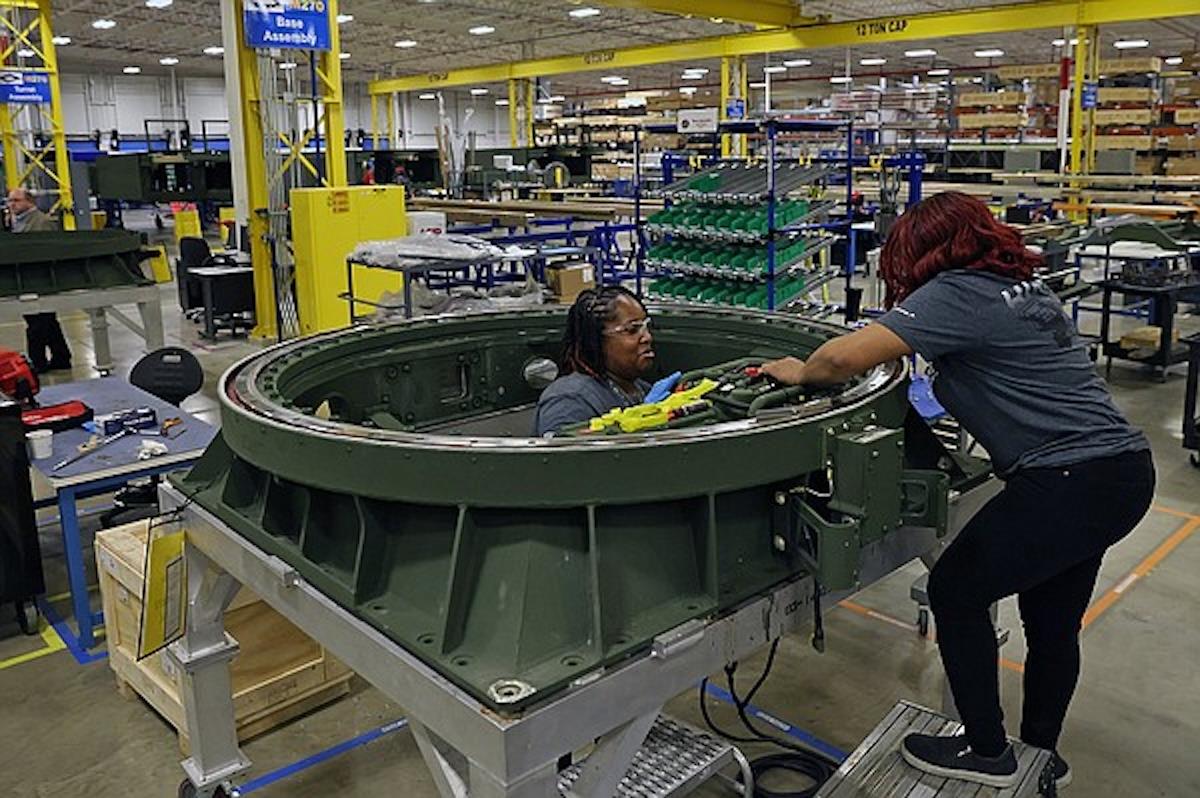Startups Can Help Restore The Stagnant US Defense Industrial Base
The present United States defense industrial base was forged amid a post-Cold War peace dividend and dramatic defense budget cuts that elevated production efficiency over innovation. Consolidation around major defense contractors – called the“Last Supper” – was seen as essential for the US defense industry to survive capital constraints, effectively reducing the number of prime contractors from 51 to five by the early 2000s .
Simultaneously, the globalization of supply chains pushed commercial manufacturing to cost-efficient overseas sources, shifting the production base for defense assets outside US borders and creating reliance on single, or even adversarial, suppliers. The aftermath was a contracted and exported industrial base.
Despite the emerging post-war base's bureaucratically sluggish and risk-avoidant nature, defense production could support the requirements of the United States' Global War on Terror and 20 years of counterinsurgency campaigns in the Middle East because the conflict involved intermittent, protracted engagements against non-state adversaries with non-peer capabilities.
But the international security environment has changed. Eruption of global crises, including in Ukraine and Gaza, has driven a surge in security demands that have strained the defense industrial base's capacity to scale production and meet partner requirements.
Consequently, wavering US response to crises in the Middle East and Europe raises international concerns as to the United States' ability to simultaneously contend with an increasingly capable and assertive China, its most consequential strategic competitor .
China's ongoing efforts to push the limits of peaceful norms in the Indo-Pacific spark regular flashpoints in the South China Sea and raise the urgency to prepare for a potential cross-Strait crisis. The US Department of War anticipates publication of a 2025 National Defense Strategy that may further elevate China as the primary threat to US security, echoing concerted efforts to pivot military focus that began even before the Afghanistan pullout.
But how can an already taxed industrial base successfully rebalance its commitments to other regions while addressing the growing China threat? Although this challenge will require a complex whole-of-government response interweaving all instruments of national power, an acute indicator of US ability to pivot lies in the simple yet consequential count of munitions.
The world is watching as US legacy munitions production and surge capacity struggle to meet the demand of modern warfare. If this is left unaddressed, shortfalls could quickly force high-risk tradeoffs that jeopardize US global strategic interests.

Legal Disclaimer:
MENAFN provides the
information “as is” without warranty of any kind. We do not accept
any responsibility or liability for the accuracy, content, images,
videos, licenses, completeness, legality, or reliability of the information
contained in this article. If you have any complaints or copyright
issues related to this article, kindly contact the provider above.
Most popular stories
Market Research

- Utila Triples Valuation In Six Months As Stablecoin Infrastructure Demand Triggers $22M Extension Round
- Cregis Joins TOKEN2049 Singapore 2025
- Jpmorgan Product Head Joins GSR Trading MD To Build Institutional Staking Markets
- Stratx Launches Compliance-Aware Routing Protocol For Stablecoins, Rwas, And Cross-Border Settlement
- “Farewell To Westphalia” Explores Blockchain As A Model For Post-Nation-State Governance
- DOLLUM Expands Wallet Opportunities, Introducing New Security Features Following The DOL Token Sale


























Comments
No comment